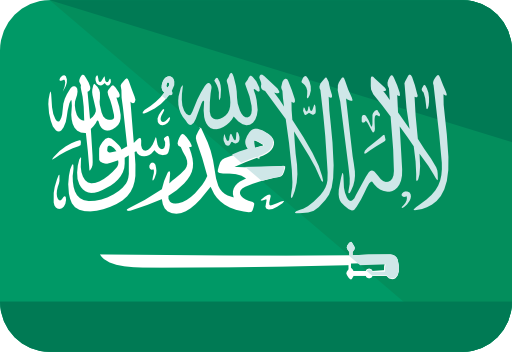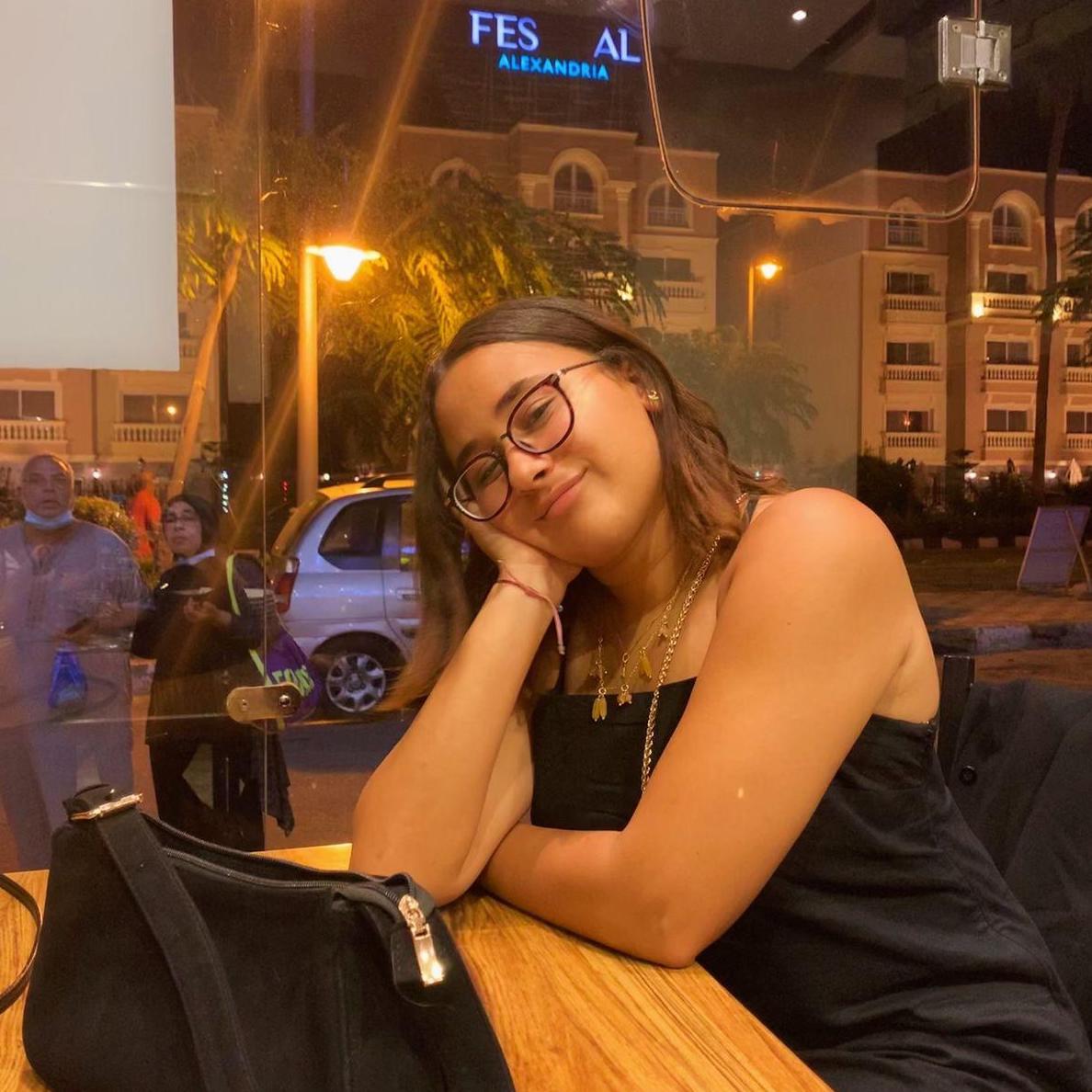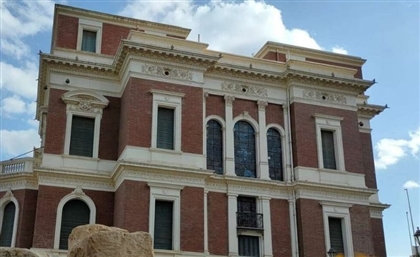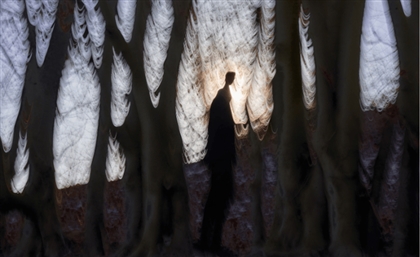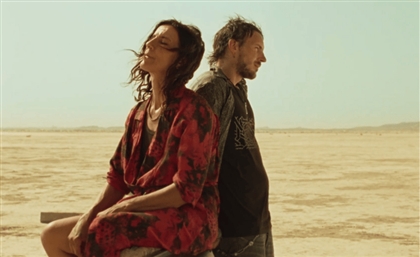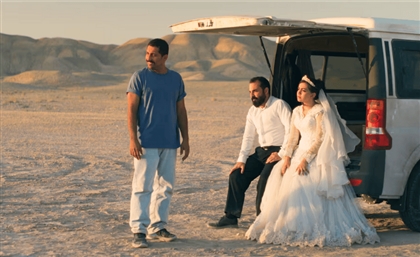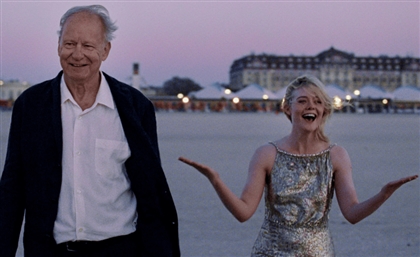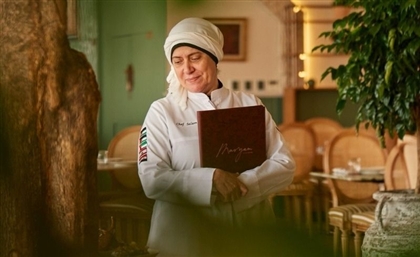Abdulrahman Saleh Captures a Subversive Portrait of Saudi Arabia
The Somali photographer travels Riyadh, and in the process has built an archive of images of Saudi people far removed from the Google-searched stock image.
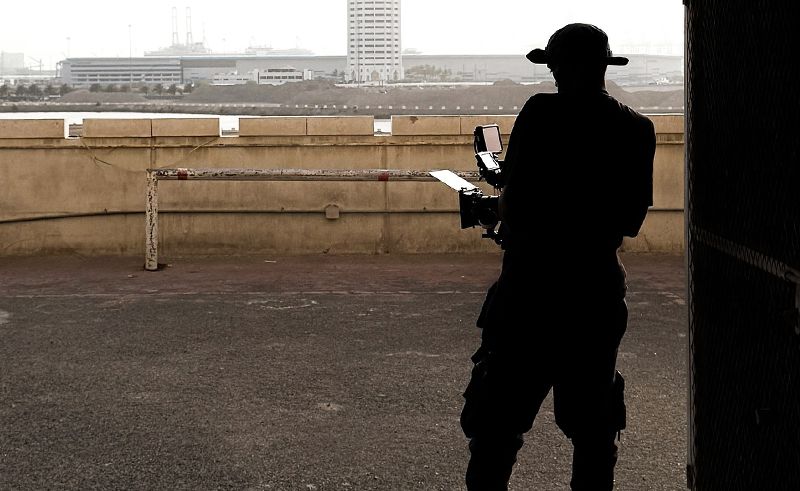
“Normal people are not heroes,” Abdulrahman Saleh, a Somali documentary photographer based in Riyadh, tells SceneNowSaudi. “But I see them, and photograph them, as such.”
In a fast-paced city that’s mostly concerned with the big picture and long-term visions,
Abdulrahman Saleh views people on the street as heroes. His work is primarily concerned with documenting the lives of people in expatriate communities in Saudi Arabia. He prepared multiple exhibitions that, in his words, act as documentary storybooks for the lives of communities that are rarely in front of the camera. Saleh's work has been on display at the King Abdulaziz Center for World Culture, artist-run exhibition space Very Public and L'Art Pur Foundation and Gallery in Riyadh. In the process, Saleh has built an archive of images of Saudi people far removed from the Google-searched stock image.
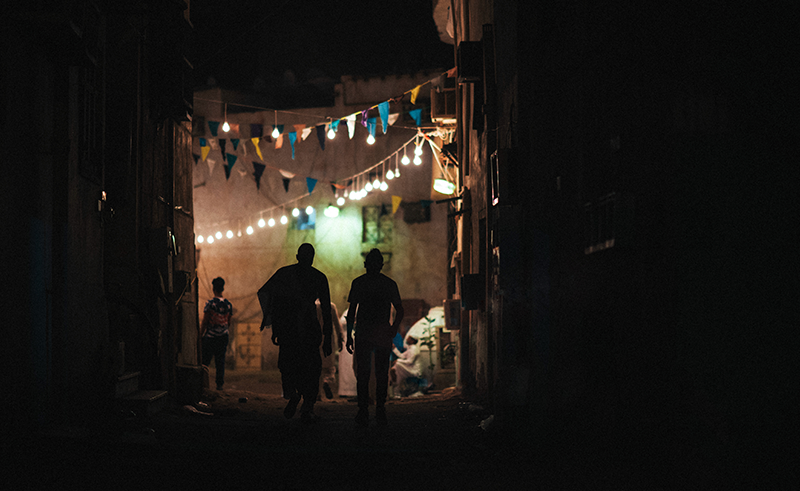
“Once you start taking photos, I don’t think you ever stop," he tells us. "I’ll think I’ll be 60-years-old and still have a camera hanging around my neck.”
Saleh didn’t start out as a photographer, but the trade gradually pulled him closer. “When I was a student, I had to take multiple buses across the city to get to my classes,” explains Saleh, “I’d been living in Riyadh for nearly 20 years at that point, but I had never seen so many people before. It triggered something within me.”
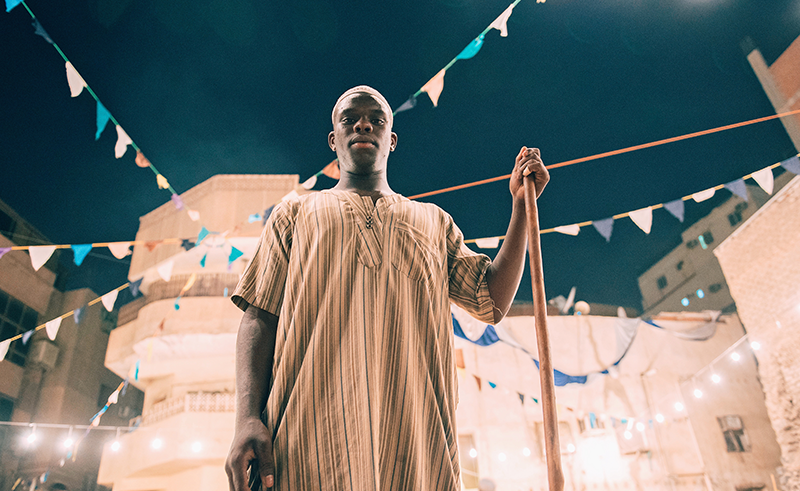
Midway through Saleh’s daily trips to university, he bought a camera and began exploring photography as a medium to tell the stories he saw. From there, he expanded into film photography and videography. The method is still the same, though - it puts people before a project.
“Usually, what people do is go out in the street and take pictures of what they see for a project," he explains. "I work the other way round: I speak to people, and if their story touches me, I take their picture.”
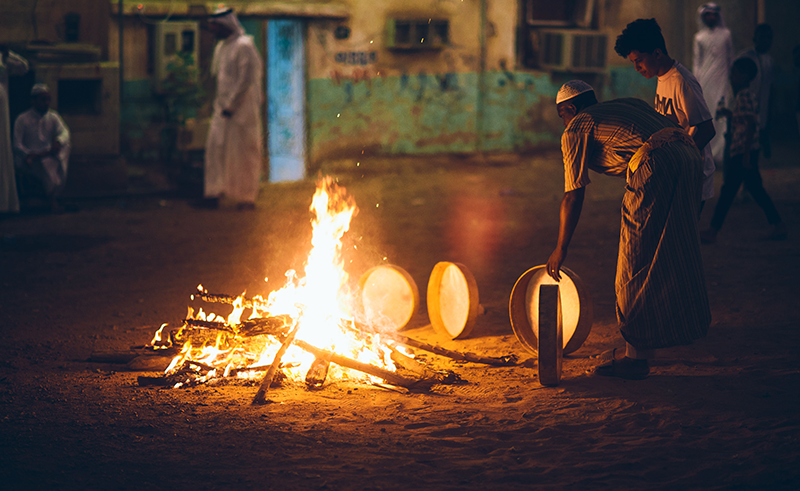
It’s not easy to tell whether or not Saleh’s approach makes a difference in what his artwork looks like - do people’s faces change after a connection is created? - but it makes a difference in how his artwork contributes to stories, and to how he feels about his own art. “I like using my photos like a storybook. Each exhibition tells a complete story.”
In the documentary photo series 'Mzmar', Saleh's photography walks us through a night of the traditional mezmar dancing popular in Hejaz cities. Frame after frame, Saleh documents the men standing together in a horizontal line, not particularly excited, in an open field in between residential buildings; then he documents the dance and the joyful, or neutral, faces of the people doing it. The images are real, they feel close to the viewer, they're emotional but not sappy; they create the impression that these are people the photographer danced with, and has been around his entire life.
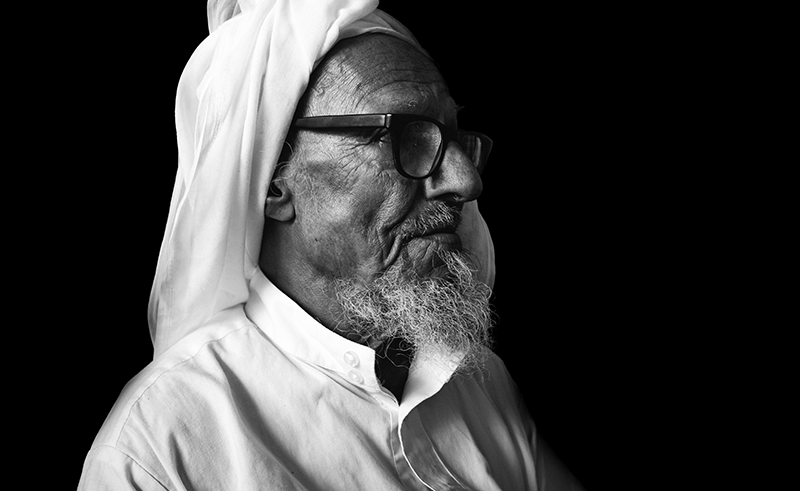
Moved primarily by the story, Saleh often visits neighbourhoods far from the one he lives in, and simply walks around. He tells me that sometimes, people just look like they have a story, and other times, he stumbles into the story, after overhearing conversations and secret performances from behind doors left ajar. “Sometimes, I know who I’m going to photograph, and I get surprised there that the entire shape of stories shifts entirely.”
As an expatriate in Saudi Arabia, Saleh was more drawn to the documentation of the lives of refugees in the city. “In every neighbourhood I visit, there are so many nationalities," he says." I don’t only photograph Saudi nationals, I focus on the whole community. It’s easy to me because I myself am not Saudi.”
Trending This Week
-
Dec 04, 2025


